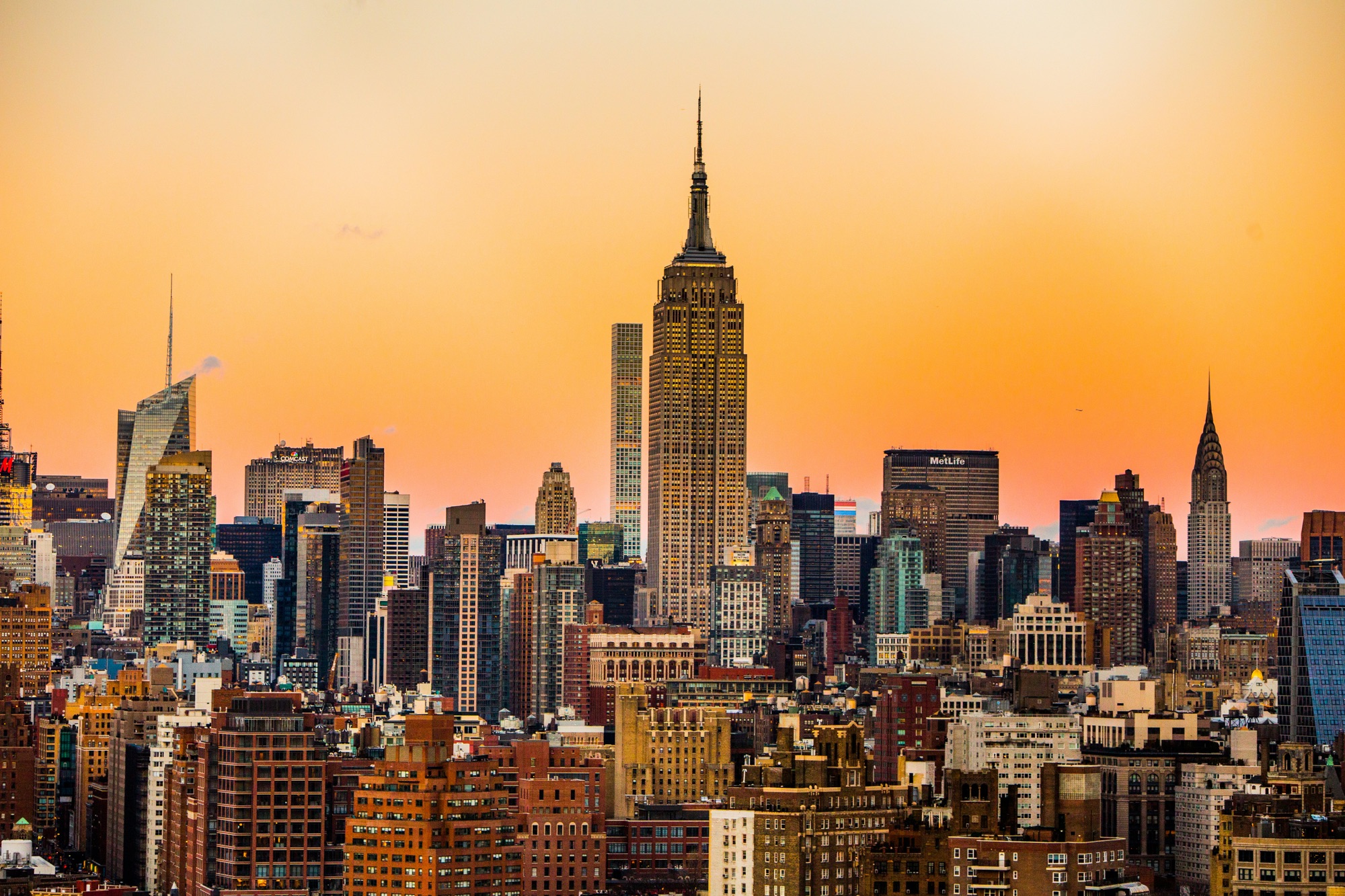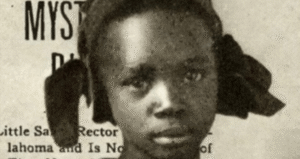New York City being referred to as the ‘Big Apple’ dates back to the 1920s when the term was popularized by John J. Fitz Gerald, a sports writer for the New York Morning Telegraph. Fitz Gerald first used the nickname in a horse racing column, comparing the city to the lush apple orchards he had seen in upstate New York. This reference to the “big apple” was meant to highlight the city’s prominence and appeal in the racing world. The term gained traction and was later adopted by jazz musicians in the 1930s and 1940s as a term of endearment for the vibrant and bustling metropolis.
The Role of Jazz Musicians
During the jazz era, New York City was a hotspot for musicians and performers who flocked to its clubs and theaters in search of fame and fortune. Jazz musicians, particularly those playing in Harlem, began to refer to New York as the “Big Apple,” symbolizing the ultimate goal or the biggest and most rewarding gig. When an artist made it to New York, they had metaphorically “bitten into the Big Apple.” This adoption by the music community helped spread the nickname far and wide, imbuing it with a sense of romance and ambition.
Symbol of Success and Opportunity
Over time, the nickname ‘Big Apple’ became synonymous with New York City’s status as a symbol of success, opportunity, and prosperity. The city’s reputation as a hub of culture, innovation, and ambition further solidified its association with the moniker. From Broadway to Wall Street, the Big Apple embodies the essence of the American Dream and serves as a beacon of hope for countless individuals seeking a better future. Stories of immigrants arriving at Ellis Island with dreams of a new life add to this narrative, with New York standing as a gateway to possibility.
The Immigrant Experience
New York City has long been a melting pot of cultures, with waves of immigrants arriving from all corners of the globe. Each group brought its own customs, cuisines, and traditions, enriching the city’s cultural tapestry. This diversity is a key component of the Big Apple’s allure. The city’s neighborhoods, from Chinatown to Little Italy to the vibrant Latino communities of the Bronx, offer a snapshot of the world. These enclaves demonstrate how New York has assimilated and celebrated its diverse populace, making it a city of boundless opportunity.
Marketing Campaign Revival
In the 1970s, the ‘Big Apple’ nickname was revived as part of a strategic marketing campaign by the New York Convention and Visitors Bureau to boost tourism in the city. At the time, New York was facing economic challenges and rising crime rates, which tarnished its image. The campaign sought to showcase New York City’s unparalleled charm, energy, and diversity to a global audience. Through a series of advertisements and promotions, the campaign highlighted the city’s iconic landmarks, vibrant neighborhoods, and rich cultural tapestry, enticing travelers from around the world to experience the allure of the Big Apple.
Campaign Strategies and Success
The marketing initiative employed a variety of strategies, including eye-catching slogans and imagery that emphasized the city’s unique offerings. They produced posters and brochures that featured the Statue of Liberty, Times Square, and the Empire State Building, all adorned with the slogan “I Love New York.” This simple yet powerful slogan became an emblem of the city’s spirit. The campaign’s success was evident in the increased tourism and renewed interest in New York as a travel destination. It reaffirmed the city’s nickname as a timeless symbol of New York City’s enduring charm and universal appeal.
New York as a Cultural Icon
New York City’s status as the Big Apple is not just about its economic opportunities or historical significance; it is also a cultural icon. The city’s influence extends into fashion, art, music, and cuisine, making it a trendsetter on the global stage.
Arts and Entertainment
Broadway, with its dazzling array of shows, attracts theater enthusiasts from around the world. The city’s museums, such as the Museum of Modern Art and the Metropolitan Museum of Art, house some of the world’s most treasured artworks. New York’s art scene is ever-evolving, with galleries in neighborhoods like Chelsea and the Lower East Side showcasing contemporary and emerging artists. This artistic vibrancy contributes to the city’s image as a cultural mecca.
Fashion Capital
New York is one of the fashion capitals of the world, hosting the prestigious New York Fashion Week twice a year. Designers, models, and fashionistas converge on the city to set the trends for the upcoming seasons. The city’s fashion districts, from the high-end boutiques of Fifth Avenue to the eclectic shops of Soho, offer something for every style and budget. This fashion-forward mentality reinforces the city’s dynamic and ever-changing nature, much like the metaphor of the Big Apple itself—always fresh, always appealing.
Culinary Diversity
The culinary scene in New York City is unparalleled. From Michelin-starred restaurants to street food vendors, the city’s cuisine reflects its diversity. You can savor authentic dishes from nearly every culture, whether it’s dim sum in Chinatown, bagels and lox on the Lower East Side, or pizza in Brooklyn. The food scene is a major draw for both residents and tourists, adding another layer to the city’s nickname as the Big Apple—a place where you can taste the world.
Economic Powerhouse
New York City’s role as a financial juggernaut cannot be overlooked when discussing its nickname. Home to Wall Street, the city is a global financial center, influencing markets worldwide. The New York Stock Exchange and NASDAQ are based here, symbolizing economic strength and opportunity. This financial prowess contributes to the city’s image as a place where fortunes are made and dreams are realized.
Real Estate and Development
The city’s skyline, punctuated by iconic skyscrapers like the One World Trade Center and the Chrysler Building, is a testament to its economic vitality. The real estate market in New York is one of the most competitive in the world, with property values reflecting the city’s desirability. Investing in New York real estate is seen as a smart financial move, providing a tangible connection to the city’s nickname as the Big Apple—a place ripe with investment potential.
Lessons from the Big Apple
For anyone looking to understand what makes New York City tick, it’s crucial to appreciate the blend of history, culture, and opportunity that the nickname “Big Apple” encapsulates. It’s a city that never sleeps, constantly evolving and reinventing itself while staying true to its roots. Whether you’re an aspiring artist, an ambitious entrepreneur, or simply someone seeking a fresh start, New York offers a sense of possibility unlike anywhere else.
Practical Tips for Newcomers
If you’re planning to move to or visit New York, here are some practical tips to make the most of your experience:
- Explore Beyond Manhattan: Each of the five boroughs offers unique experiences and communities. From the beaches of Staten Island to the cultural richness of Queens, there’s much to explore beyond the typical tourist spots.
- Embrace Public Transportation: The subway is the lifeblood of the city, offering an affordable and efficient way to get around. Download a subway map app and familiarize yourself with the major lines and stations.
- Dive into Local Neighborhoods: Spend time in neighborhoods like Greenwich Village, Williamsburg, and Harlem to get a true sense of the city’s diversity and charm. Each area has its own character and history, contributing to the city’s vibrant tapestry.
- Taste the Diversity: Make it a point to try different cuisines. New York’s culinary scene is a microcosm of the world, and there’s always something new and exciting to discover.
- Network and Connect: The city is filled with professionals and creatives from all industries. Attend networking events, join local meetups, or simply strike up conversations in coffee shops. You never know where a connection might lead.
Conclusion
New York City, as the Big Apple, is more than just a nickname; it’s a reflection of the city’s essence. It represents the countless opportunities, the rich cultural mosaic, and the unyielding spirit of those who call it home. From its origins in the horse racing world to its adoption by jazz musicians, the moniker has evolved to capture the imagination of people worldwide. Whether you’re visiting for a week or making it your home, the Big Apple invites you to take a bite and experience all that it has to offer.




